|
This month - A look at how Carnival came to the Coast - and how it's become a much beloved family tradition. - by Karen Fineran photos from the Scafidi Collection at the Hancock County Historical Society
With the exception of wars and the Great Depression, Biloxi has celebrated Mardi Gras every year, and its parade has become the largest Mardi Gras parade on the Mississippi Gulf Coast. Within a couple of decades, other Coast cities joined in the tradition and started forming their own Krewes and hosting parades and balls. With the advent of motorized vehicles, the parades became larger, and truck-pulled floats made the parades more appealing to the masses in all of the coastal states. One city with a with a long and exciting Mardi Gras tradition is our neighbor to the east, Pass Christian. In 1913, a group of Pass Christian men organized the Pass Christian Carnival Association. In 1914, they held their first parade, on Mardi Gras Day, with their Ball held the same night. The parade, including a King’s float and dukes on horses, ran along East and West Beach, from Menge Avenue to Leovy Ave. The 1915 parade added ladies and young girls in costume on the floats. It is said that another interesting feature of old-time Mardi Gras in Pass Christian is that the children masked and costumed themselves, then strolled from house to house visiting friends, much the same as children do today on Halloween. The 1915 parade seems to have been the last one held by the Pass Christian Carnival Association. After a few years the organization disbanded. Years later, in 1930, another Carnival association was born in Pass Christian. The nuns in the faculty of St. Joseph’s School (now St. Paul's School), the Sisters of Mercy, decided to have a Carnival ball on Mardi Gras night to raise money for the school. Thus began the Mercy Carnival Ball, which held balls each year for the benefit of the school. After a few years, the Mercy Carnival Association became the St. Joseph Carnival Association, and then the St. Paul Carnival Association when the school changed its name. Sometime during the 1950's, the Carnival Association began having a parade in connection with the Ball. Each year, the theme of the parade is changed. The Ball is always held on Saturday night and the parade on the Sunday preceding Fat Tuesday. Long live King Christian and Queen Christina! Other cities along the Gulf Coast, including Gulfport, Pascagoula, Ocean Springs, Bay St. Louis, Long Beach, Gautier, D’Iberville, and Waveland, also hold parades. In 1966, the Krewe of Nereids became the third carnival organization on the Mississippi Gulf Coast to hold a full Mardi Gras parade. Nereids was organized by a group of Waveland, Mississippi business and professional women, and now includes in its membership ladies from the entire coastal region and beyond. The colorful and fanciful Nereids Parade, comprised of more than 100 units, parades through Bay St. Louis and Waveland on the Sunday before Fat Tuesday, and is anticipated by Gulf Coast residents every year. Long live Queen Doris! In 1984, the Krewe of Real People began parading through downtown Bay St. Louis on Mardi Gras Day. The Krewe of Real People (re-named Krewe of Diamonds since 2008) is the Gulf Coast’s only predominantly African-American Krewe. The parade ends up on Blaize Avenue in front of Bay St. Louis’s Historic Train Depot. We all know what happened in August 2005. Yet, despite the sickening devastation of the Gulf Coast from Hurricane Katrina, the Coast still celebrated Carnival in 2006 (as did New Orleans). The party was a smaller one, and some Krewes were forced to deviate from traditional routes or cancel their parades because of the hurricane damage, but the people on the Coast never lost their spirit of hope and celebration. Since then, Mardi Gras celebrations and parades have become signs of rebuilding on the coast (and the Krewes have spent years salvaging and replacing floats that were ruined in the storm). According to the Associated Press in 2008, about 65,000 people lined the route that year, down from the roughly 150,000 who attended Biloxi parades before the storm. But the crowds in Biloxi and every other Coast town have been growing steadily every year. In 2008, Biloxi celebrated its centennial Carnival celebration, (Prior to Katrina, Biloxi had a morning, noon and night parade on Mardi Gras Day; it has since decreased to two parades, the Gulf Coast Carnival Association’s morning parade (GCCA) and the Krewe of Neptune’s afternoon parade). Gulfport holds a traditional night parade sponsored by the Krewe of Gemini. Other parades include events in Pascagoula, Ocean Springs, D'Iberville, Gautier, Waveland, Bay St. Louis, Long Beach, and Pass Christian. And the newest parade is the Mystic Krewe of Seahorse, which will be marching on Lundi Gras for its second year in 2105. Welcome to the party! These images have been preserved digitally thanks to the Hancock County Historical Society. If you have information about these pictures or some photos of your own to donate, please contact them. Join or contribute toward their work while you're there!
Comments are closed.
|
Categories
All
Archives
July 2024
|
Shoofly Magazine Partners
Our Shoofly Partners are local businesses and organizations who share our mission to enrich community life in Bay St. Louis, Waveland, Diamondhead and Pass Christian. These are limited in number to maximize visibility. Email us now to become a Shoofly Partner!

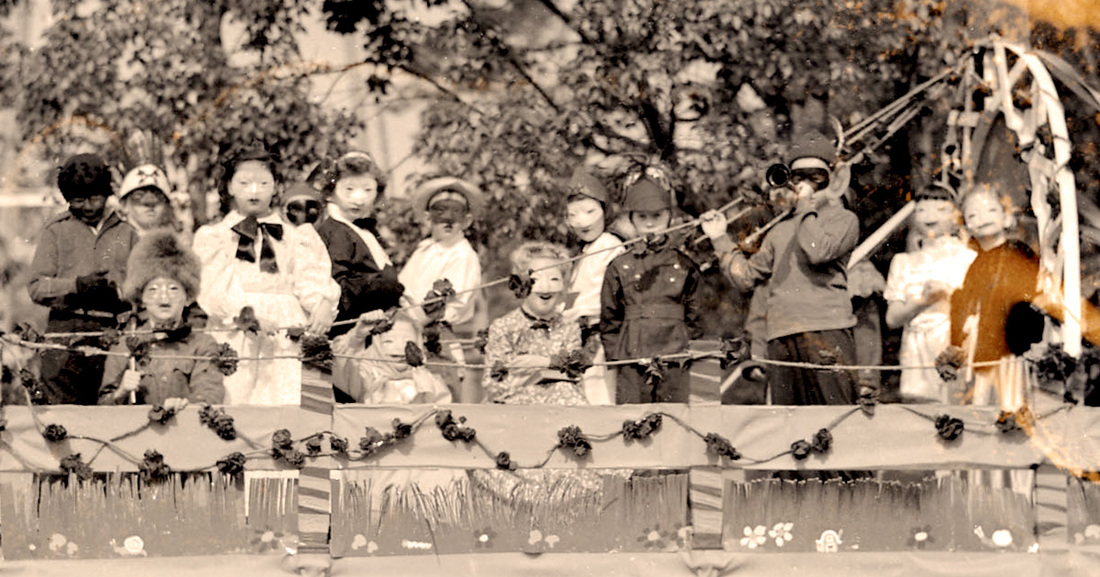

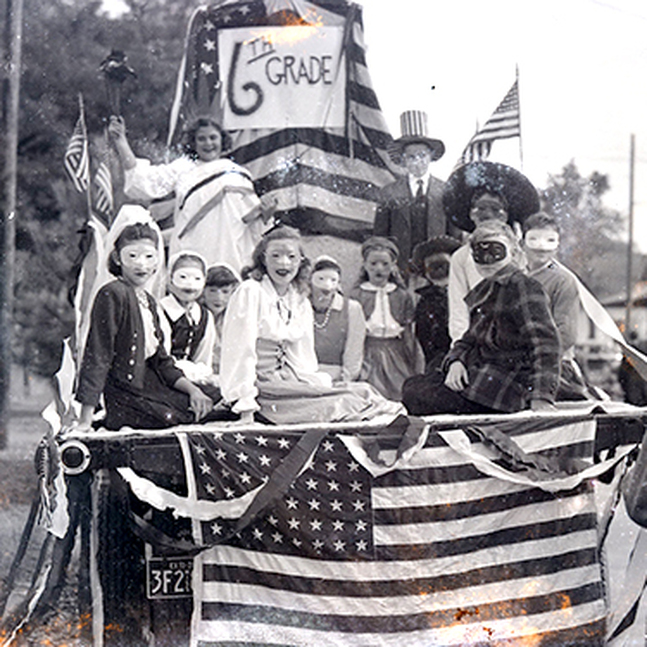
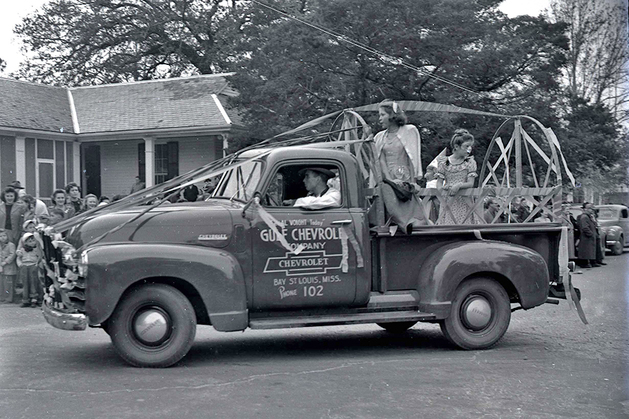
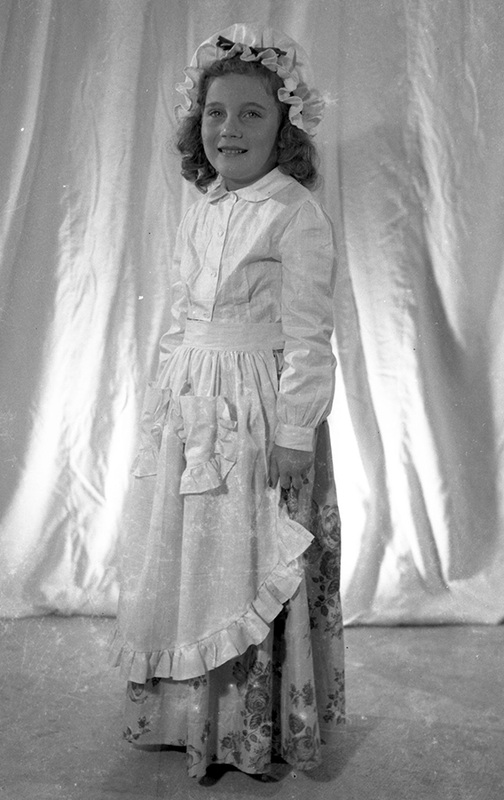
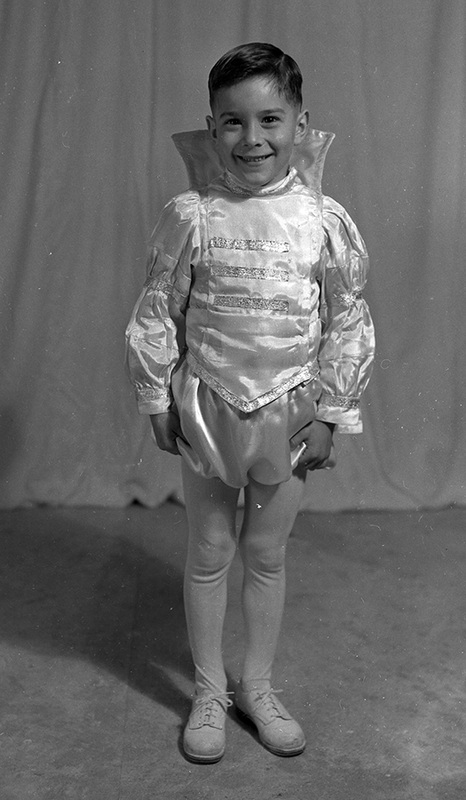
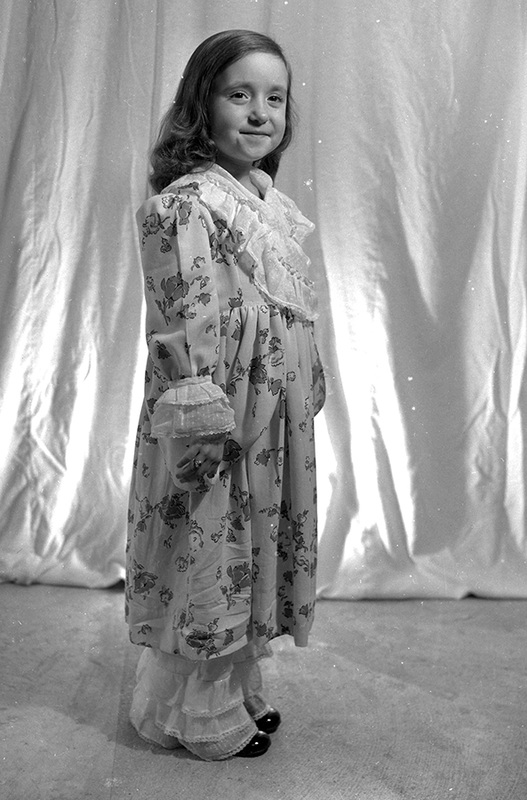
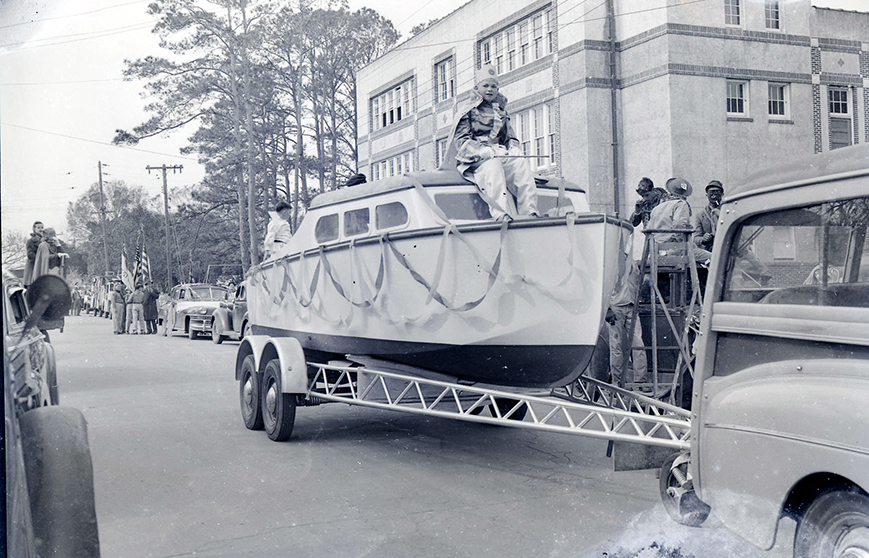
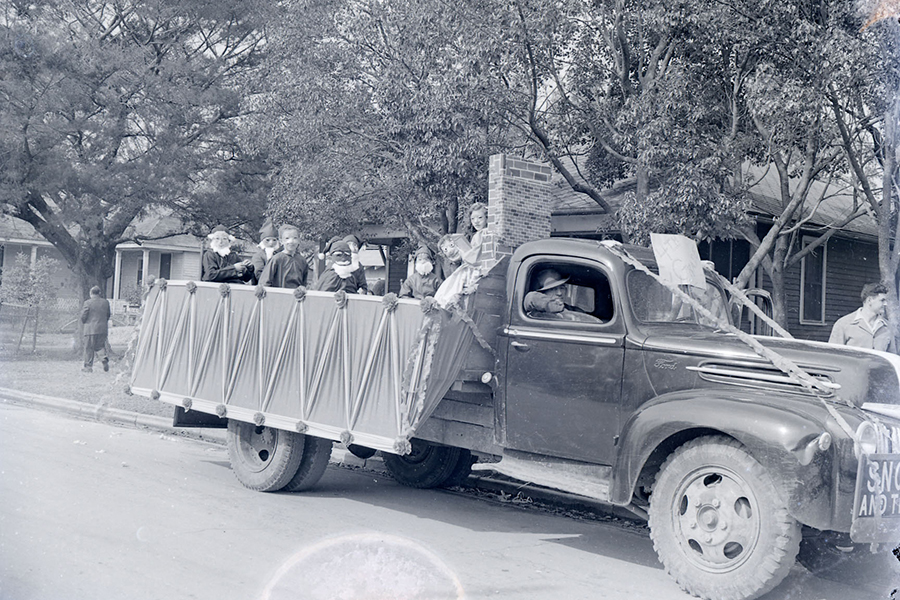
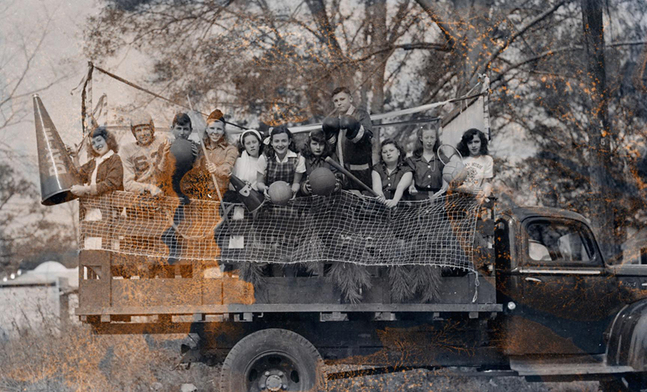
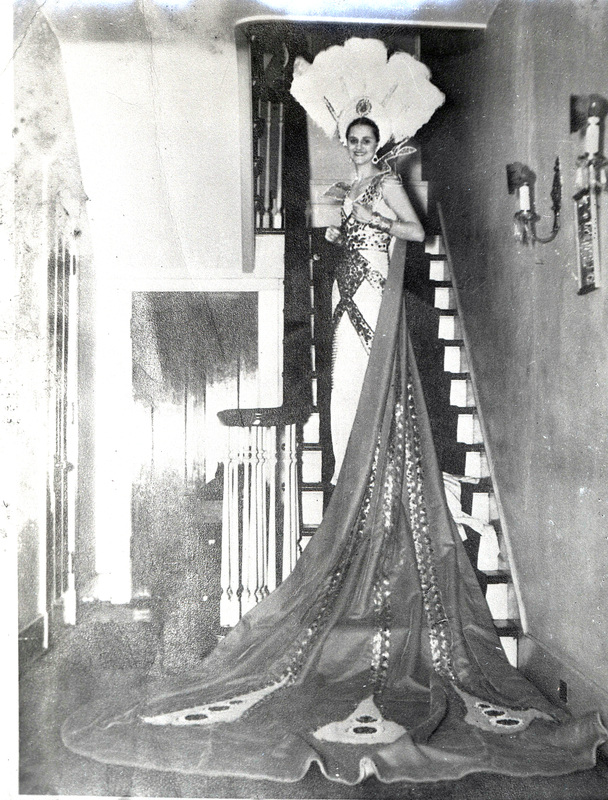

























 RSS Feed
RSS Feed























